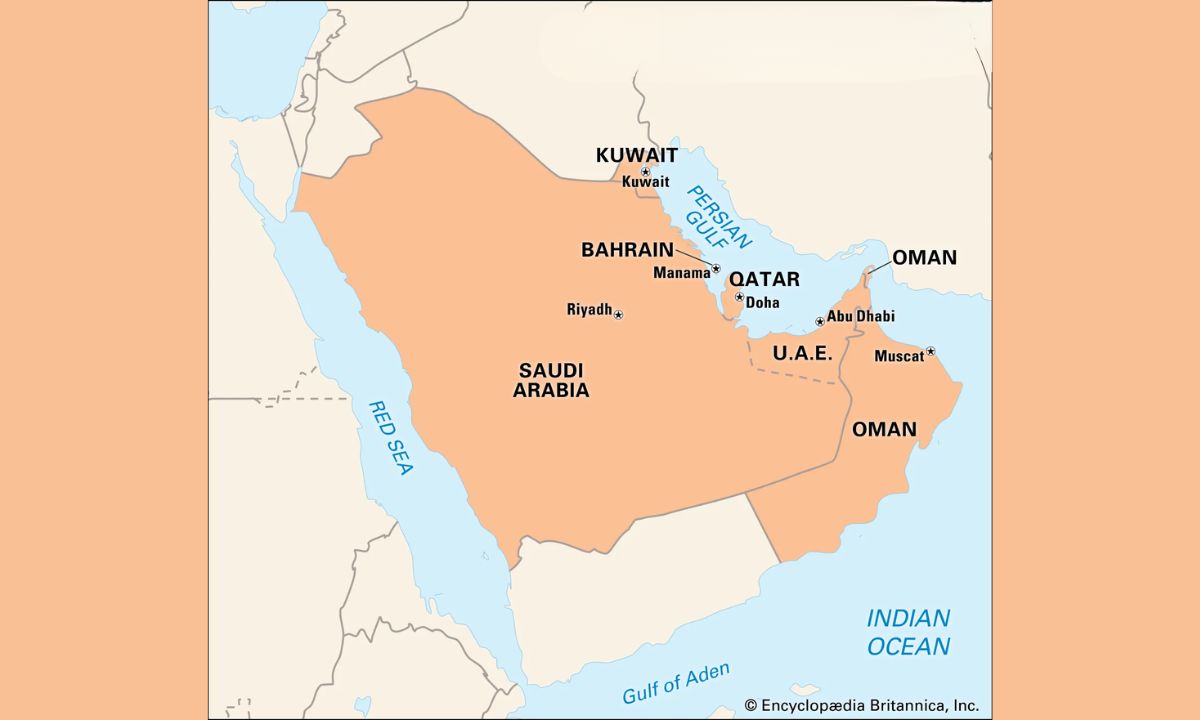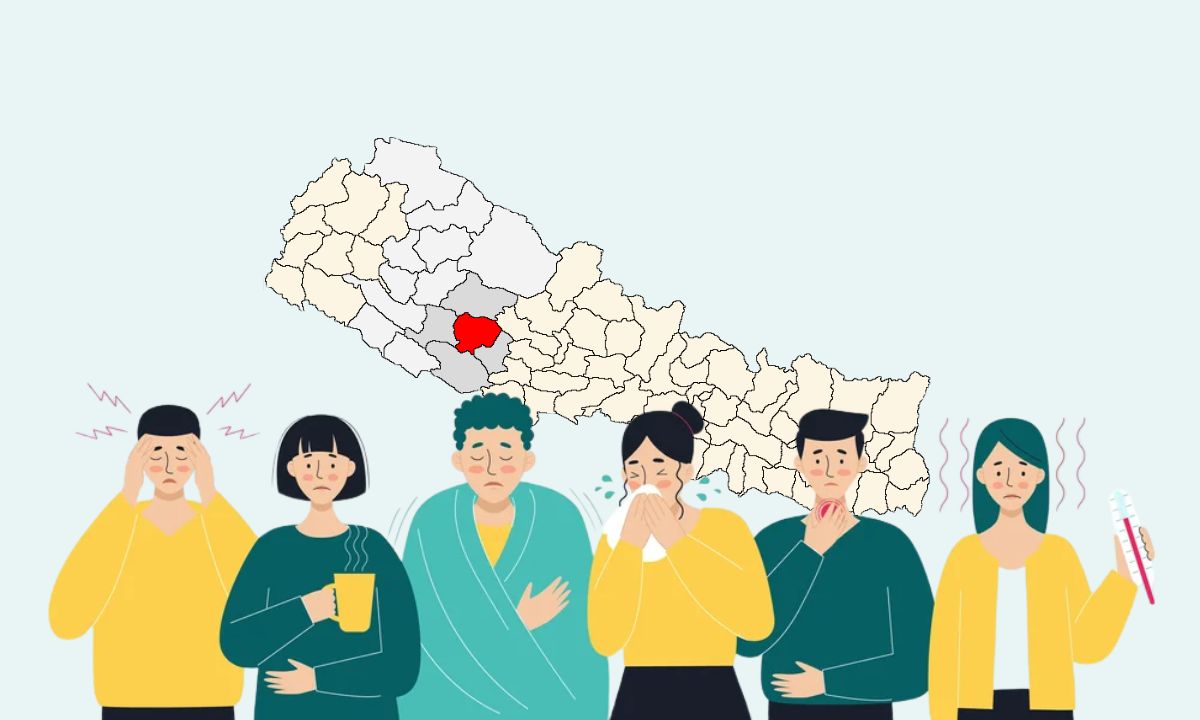A wildfire, driven by strong winds, has caused massive destruction in the southern regions of South Korea.
According to officials, the fire has killed 18 people, destroyed over 200 structures, and forced 27,000 people to leave their homes.
One of the worst-hit areas is the southeastern Uiseong forest, where a helicopter crashed while trying to put out the fire. The Korea Forest Service said only the pilot was on board, and rescue efforts are ongoing.
The fire has burned down homes, factories, vehicles, and even a historic Buddhist temple. The government’s emergency response center reported that 43,330 acres of land have been scorched, and 19 people have been injured.
In a televised speech, South Korea’s acting president, Han Duck-soo, said the wildfire that started last Friday has caused more damage than many previous wildfires.
“The damage is increasing,” Han said. “We may face wildfires more destructive than ever before. That’s why we must use all our resources to put out the fires by the end of this week.”
He added that strong overnight winds made it difficult for firefighters to control the blaze. Around 4,650 firefighters, soldiers, and other personnel are working with 130 helicopters to fight the fire. Light rain (5–10 mm) is expected on Thursday, which may help control the flames.
Observers say this wildfire is the third-largest in South Korea’s history in terms of land burned.
Due to strong, dry winds, firefighters struggled to contain the flames. Authorities in many southeastern cities ordered residents to evacuate on Tuesday. The Ministry of Interior and Safety reported that the largest fires were in Andong, Uiseong, Sancheong County, and Ulsan City.
On Tuesday, officials had managed to put out most of the fires, but dry and windy conditions caused the flames to spread again. The firefighting efforts had to be partially halted overnight due to strong winds.
In Uiseong, the fire severely damaged the Gounsa Temple, destroying nearly half of its 30 ancient structures. The temple was originally built in the 7th century. Among the destroyed buildings were two national treasures: a pavilion-like structure from 1668 and a Joseon dynasty building from 1904. However, a historic stone Buddha statue from the 8th century was safely relocated.
On Tuesday, the Korea Forest Service raised the national wildfire warning to the highest “serious” level. This allows local governments to deploy more emergency workers, enforce stricter restrictions on park and forest access, and order military units to stop live-fire training exercises.
Of the 18 people who died, four were firefighters and government workers. They were killed on Saturday in Sancheong after being trapped in flames due to strong winds.
Officials suspect that human activities, such as using fire to clear overgrown grass near family graves or sparks from welding, may have caused several of the wildfires.






